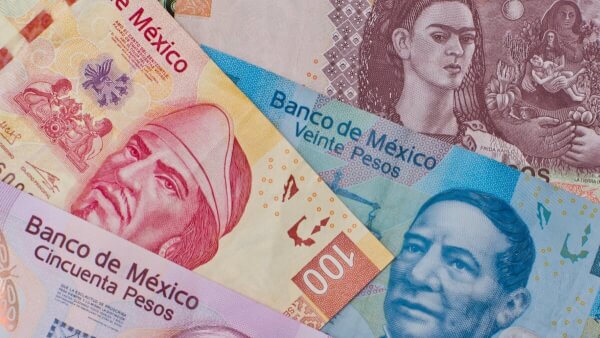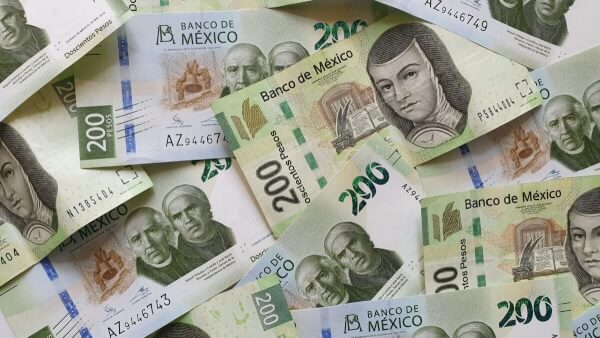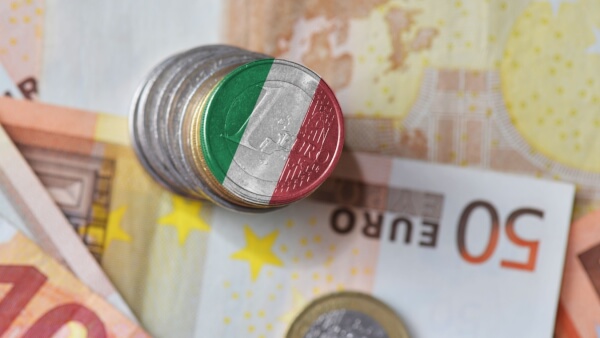What is the best place to exchange currency?
Going abroad and in need of foreign currency? In this article, we'll explore where to exchange currency - from good deals to the places you should avoid.

If you have a checking account with Santander® in the US - and you’re planning a trip overseas - you’ll likely be wondering about the Santander debit card foreign transaction fee, and any other costs which may apply when you use your Santander debit card internationally.
Read this guide to find out all you need to use about using your US issued Santander debit card overseas. Plus we’ll also touch on the Wise account - a non bank alternative with linked low cost debit cards, which can help you avoid international fees when you spend overseas*.
Santander US offers 3 different checking accounts, which all come with linked debit cards which you can use at home and abroad. Here are your options:
- Santander Simply Right Checking¹
- Santander Essential Checking²
- Santander Select Checking³
This guide focuses on the use of Santander US debit cards abroad, but it’s good to know you can also get a Santander US credit card⁴ if you’d prefer.
Bear in mind that fees for credit cards can be higher compared with debit cards - particularly when you make ATM withdrawals. Double check your specific card costs before you transact.
When you spend abroad using your Santander card, you’re most likely going to incur some fees. The exact costs which apply do depend on how you transact and the specific card you have. Here’s a rundown.
Let’s say you have a Santander debit card. It’s important to check the Santander foreign transaction fees which will apply whenever you use a foreign currency.
This can be when you’re overseas, or when you shop online with an international retailer.
Whenever you spend, the bank will apply the day’s exchange rate as calculated by the card’s network, to convert your purchase into USD. You can expect a small markup to be added from the mid-market exchange rate you’d find online.
But usually the rates are pretty fair, as long as you’re being charged in the local currency. If you end up being charged in USD instead of the local currency where you’re spending you might run into extra costs because of something called Dynamic Currency Conversion (DCC). But more on that later.
There’s then a Santander international transaction fee, which varies based on the checking account you hold. You can choose an account which waives the Santander foreign transaction fee, but for this you’ll need to pay a higher monthly charge:
| Santander US checking account | Monthly fee | Santander foreign transaction fee⁵ |
|---|---|---|
| Santander Simply Right Checking | 10 USD | 4% if you use a debit card; 3% if you choose an ATM card |
| Santander Essential Checking | 4 USD | 4% if you use a debit card; 3% if you choose an ATM card |
| Santander Select Checking | 25 USD | Fee waived |
If you’re taking cash out of an ATM, there may also be further charges to pay. Santander adds an extra fee when you use most of their cards abroad, and individual banks or ATM providers might levy their own fees on top of those your bank charges.
The fees added by ATM operators can vary widely depending on where in the world you are, but are usually shown on screen before you confirm a withdrawal.
Here are the Santander US checking account ATM fees when you’re abroad:
| Santander US checking account | Santander international ATM fee |
|---|---|
| Santander Simply Right Checking | 6 USD, waived in Mexico |
| Santander Essential Checking | 6 USD, waived in Mexico |
| Santander Select Checking | Waived - you may also get some fees returned if another operator charges you for ATM use |
Remember dynamic currency conversion (DCC), mentioned above? This is when you’re asked if you want your purchase to be processed in USD instead of the local currency. It might seem like a simple convenience, but should most definitely be avoided.
You’ll run into DCC nearly anywhere your card is accepted overseas. For example, at an ATM, restaurant or store.
Always choose to pay in the local currency, because the foreign currency exchange rates applied when using DCC are always pretty poor. In this case, the rates are set by the local company or ATM machine.
Unlike your bank, which has an interest in ensuring you’re happy with their services, a foreign provider, has no such obligations. They’ll mark-up the exchange rate so they can pocket the difference, meaning you pay over the odds for no real benefit.
Open a Wise Account online or in the Wise app, to hold and exchange 40+ currencies, with the mid-market rate and low fees*.
Wise won't charge you a fee on your first two ATM withdrawals each month, as long as the total combined amount withdrawn does not exceed $100. A $1.50 fee applies to each withdrawal starting with your third withdrawal in a calendar month. A 2% fee is charged on any amount you withdraw beyond $100 in a calendar month.
The ATM operator may charge their own fees. Fee amount varies by ATM operator.
| Check out these other handy Wise personal account features: |
|---|
|
It’s worth thinking about how you’ll cope if your card is somehow lost or stolen when you’re on your vacation. As with most card issuers, Santander US offers comprehensive banking support through its app and online services.
If you find your card has been lost or stolen you’ll need to log into your account to report what’s happened. Santander can cancel your card and offer advice on what to do next.
Your personal preferences and spending habits will dictate whether it’s best to use a debit or credit card abroad. It’s also important to understand the fees and charges associated with your specific Santander card, as there are some big differences between the best and worst value when used overseas.
Using a debit card is better if you intend on taking out cash from an ATM. That’s because the non-sterling cash fee is lower when using a debit card. Watch out, however, for extra fees added by the local ATM.
However, a credit card might suit you if you need to spread the cost of your holiday over time. Depending on which credit card you have, you could even get a better deal, or be eligible for discounts on additional services such as travel insurance. You might rack up additional interest costs, though.
Spending on a credit card can be safer than using cash, as your purchases will be monitored by your bank. You should also be able to get help if you're the victim of fraud. To get the most out of this option, keep all your receipts and check your card statements thoroughly.
Whether you’re with Santander or another bank, you want to avoid the costs of spending and making withdrawals overseas as far as possible. Here are a few handy tips:
|
|---|
Santander US offers international debit and credit cards to eligible customers - which can offer decent value, depending on the account you have. Santander Select customers have many international fees waived - but at a pretty high monthly cost.
You’ll need to weigh up whether this is worthwhile, based on the account features. Standard Santander checking accounts come with cards which have foreign transaction fees and international ATM fees which can be pretty high.
As an alternative you might choose to look into non-bank alternatives such as the Wise account which has multi-currency functions, mid-market exchange rates, and no ongoing charges. See if you can save with Wise, today.
Sources checked on 05.09.2024
*Please see terms of use and product availability for your region or visit Wise fees and pricing for the most up to date pricing and fee information.
This publication is provided for general information purposes and does not constitute legal, tax or other professional advice from Wise Payments Limited or its subsidiaries and its affiliates, and it is not intended as a substitute for obtaining advice from a financial advisor or any other professional.
We make no representations, warranties or guarantees, whether expressed or implied, that the content in the publication is accurate, complete or up to date.

Going abroad and in need of foreign currency? In this article, we'll explore where to exchange currency - from good deals to the places you should avoid.

You're all set for your trip abroad, and the question comes up: where can I exchange foreign currency? In this article, we'll go through all the options & tips.

Heading abroad? Here’s everything you need to know about ordering Canadian dollars in the US.

Heading abroad? Here’s everything you need to know about ordering pesos with Chase bank.

Heading abroad? Here’s everything you need to know about ordering pesos with Wells Fargo.

Heading abroad? Here’s everything you need to know about ordering euros with Bank of America.